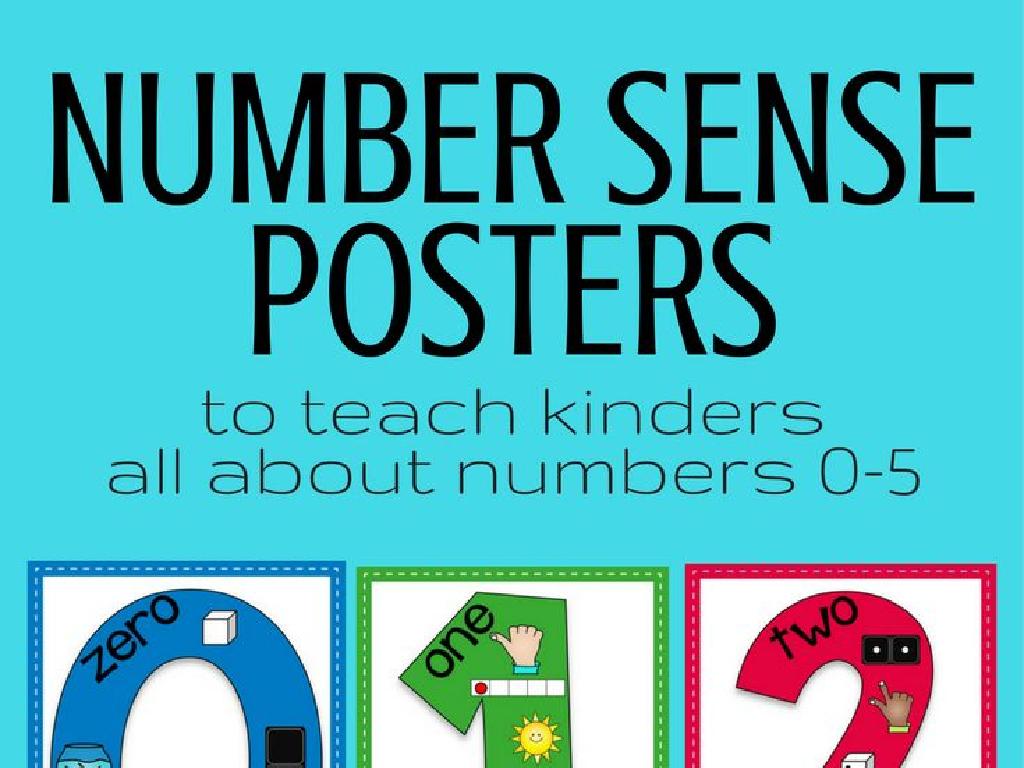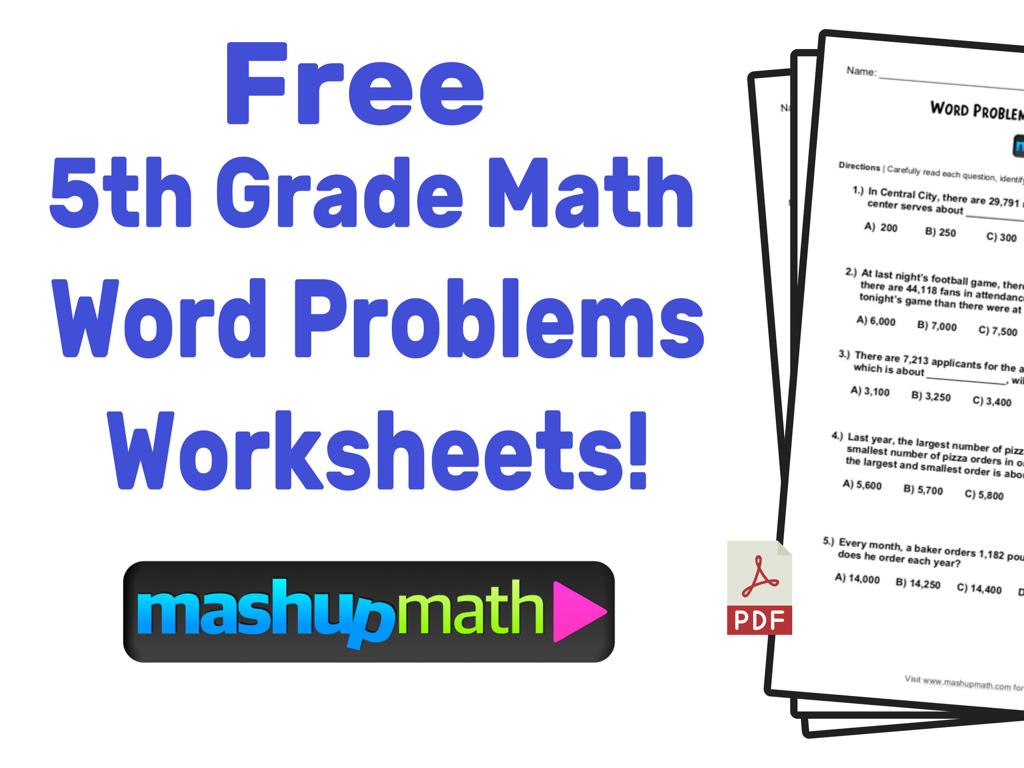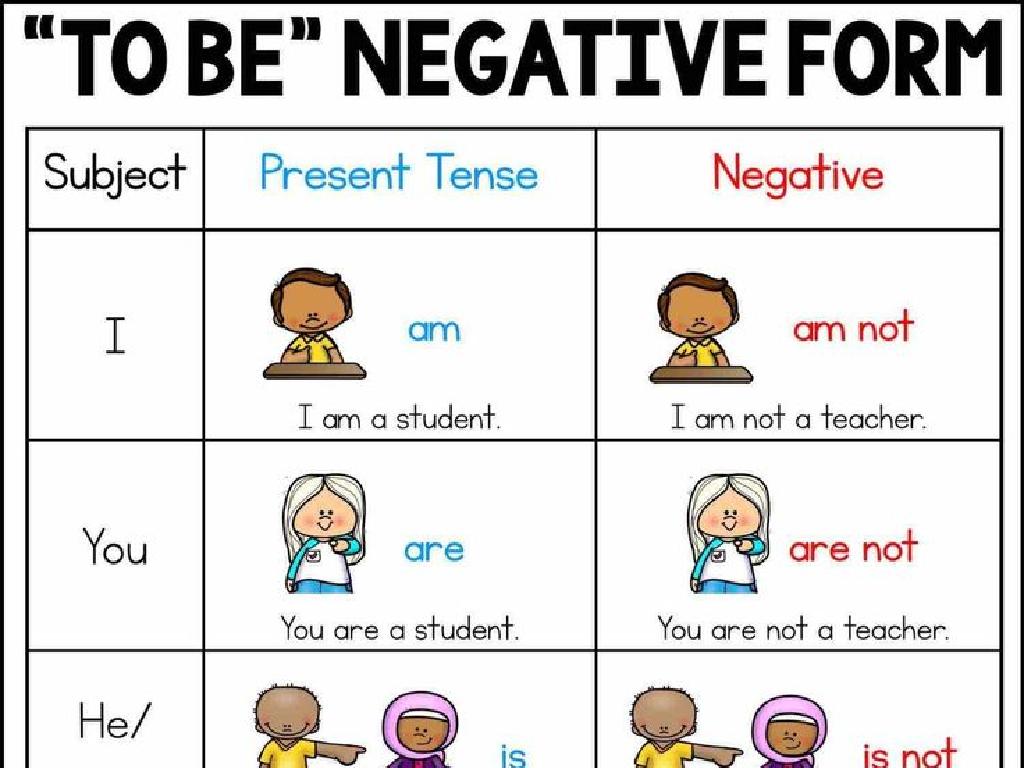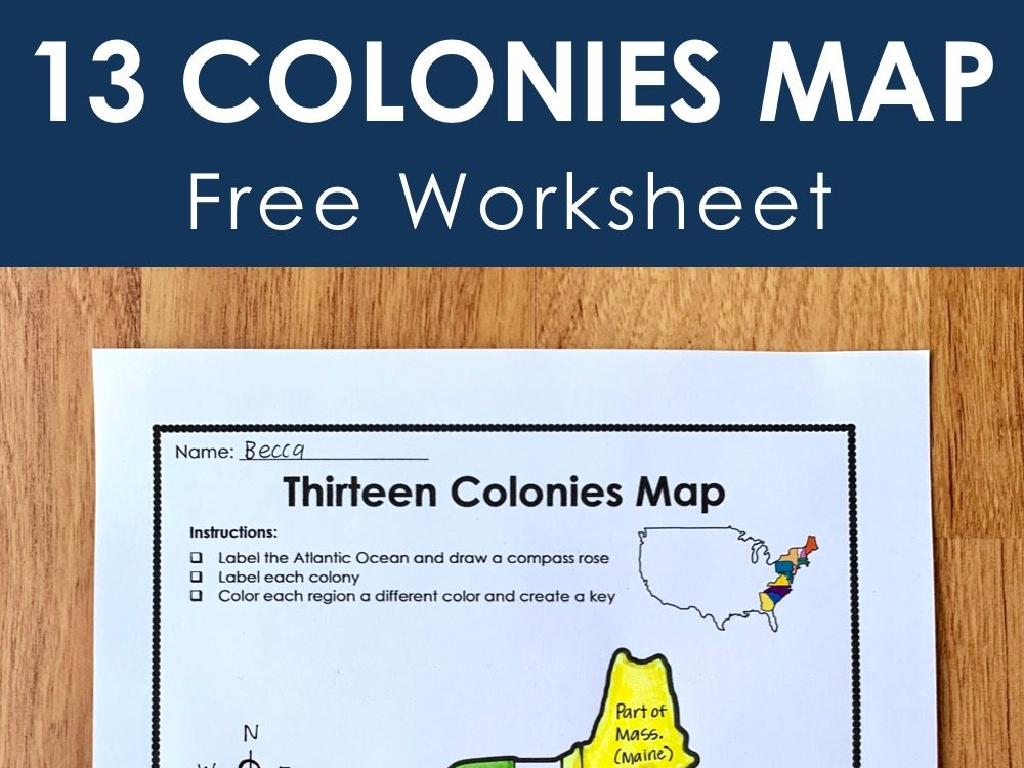Compare Rates: Word Problems
Subject: Math
Grade: Seventh grade
Topic: Ratios, Rates, And Proportions
Please LOG IN to download the presentation. Access is available to registered users only.
View More Content
Comparing Rates: Word Problems
– Understanding ratios and rates
– Ratios compare two quantities, while rates compare quantities of different units.
– Daily applications of rates
– Rates are used in speed (miles/hour), unit pricing ($/pound), and efficiency (tasks/hour).
– Focus: Word problems on rates
– Solve problems by finding and comparing unit rates.
– Strategies to compare rates
|
This slide introduces the concept of ratios and rates, setting the stage for understanding how to compare different rates through word problems. Begin by explaining the difference between a ratio and a rate, emphasizing that a rate is a type of ratio with different units. Illustrate with everyday examples such as driving speeds, cost of groceries per pound, and how many tasks someone can complete in an hour. The main focus of today’s lesson is to apply this understanding to solve word problems that involve comparing rates. Teach students strategies for finding unit rates and then using these to make comparisons. Encourage students to think critically about the most efficient ways to compare rates and to recognize the practical applications of these skills in real-life scenarios.
Understanding Rates in Word Problems
– Define a rate
– A rate compares two different units, like miles/hour or price/item.
– Common rate examples
– Examples: 60 miles/1 hour (speed), $50/1 item (price)
– Explore unit rates
– Unit rate is per one unit, e.g., $5 per one apple.
– Solve rate word problems
|
This slide introduces the concept of rates, which are a comparison between two different quantities with different units. Start by defining a rate and then provide familiar examples, such as speed in miles per hour or price per item, to illustrate the concept. Next, explain unit rates, which are rates per one unit, making them easier to compare. This is particularly useful when dealing with word problems that require students to find the best buy or determine speed. Encourage students to practice by solving word problems that involve calculating rates and unit rates, reinforcing their understanding of the concept.
Mastering Word Problems: Rates and Ratios
– Identify key information in problems
Look for rates, units, and what’s being compared.
– Break down problems into clear steps
Write out the steps: find rates, set up a ratio, solve.
– Learn effective problem-solving tips
Understand the question, plan, solve, and check your work.
– Practice with real-world examples
|
This slide is aimed at helping students tackle word problems involving rates and ratios. Start by identifying crucial information such as the rates given and the units of measurement. Teach students to break down the problem into manageable steps, which includes finding the rates, setting up a ratio, and solving for the unknown. Provide tips for effective problem-solving, such as understanding what the question is asking, planning how to approach it, solving the problem, and then reviewing the work to ensure accuracy. Incorporate practice with real-world examples to solidify understanding, and encourage students to discuss different approaches to the same problem.
Comparing Rates: Speed of Animals
– Determine greater rate
– Use ratios for comparison
– Ratios show the relationship between two quantities
– Compare animal speeds
– Example: a cheetah vs a rabbit
– Class activity: Speed ratios
– Find and compare rates of two animals in class
|
This slide introduces the concept of comparing rates using ratios, which is a key skill in understanding proportions. Start by explaining how to determine which of two rates is greater by comparing the quantities involved. Use ratios to show the relationship between different rates. For the practice problem, use the example of comparing the speed of a cheetah to that of a rabbit, which will engage students with a relatable context. As a class activity, have students find the speed of two animals from a given list and use ratios to compare them. This will help solidify their understanding of rates and ratios. Provide guidance on setting up the ratios correctly and ensure students understand how to interpret their results.
Comparing Rates: Which is a Better Buy?
– Analyze the example problem
– Look at price and quantity to determine value
– Step-by-step problem-solving
– Break down the problem, calculate unit rates
– Discuss solutions with a classmate
– Share your approach and answer, listen to theirs
– Understand the best value
|
This slide is aimed at teaching students how to approach and solve word problems that involve comparing rates to determine the best buy. Start with an example problem that compares two or more items, taking into account their prices and quantities. Guide students through a step-by-step solution to calculate the unit rate for each item. Encourage students to discuss their solution process and answers with a neighbor to foster collaborative learning and critical thinking. This activity will help them understand how to find the best value for their money, a practical skill for real-life shopping scenarios. Provide additional similar problems for students to practice and discuss.
Class Activity: Rate Comparison Challenge
– Solve rate comparison problems in groups
– Present your group’s solutions
– Discuss the strategies used
– Consider different approaches: unit rates, tables, graphs, etc.
– Vote on the most efficient strategy
– Think about why some strategies work better
|
This activity is designed to encourage collaborative problem-solving and critical thinking. Divide the class into small groups and provide each with a set of rate comparison word problems. Allow time for discussion and problem-solving within the groups. Each group will then present their solutions and the strategies they used to the class. After all presentations, facilitate a class discussion on the efficiency and effectiveness of the different strategies. Conclude with a vote on the most efficient strategy, promoting a deeper understanding of rates and comparisons. Possible activities: comparing speeds of different animals, rates of consumption, or cost comparisons in real-life scenarios. Encourage students to justify their reasoning and consider the practicality of their strategies.
Review and Reflect: Understanding Rates
– Recap of today’s lesson
– Significance of comparing rates
Comparing rates helps us make informed decisions in daily life, like finding the best deals.
– Real-life application of rates
Use rates to plan budgets, compare speeds, or calculate work efficiency.
– Encouraging critical thinking
Develops problem-solving and analytical skills.
|
Today, we delved into the concept of rates and how to compare them through various word problems. Understanding rates is crucial as it allows students to make sense of the world around them, especially in situations that involve comparison, such as determining the best buy between two products or comparing speeds between two vehicles. By applying this knowledge, students can make informed decisions, optimize their resources, and understand the implications of different rates in real-life scenarios. Encourage students to reflect on how they can use rate comparisons in their daily lives and to recognize the value of the mathematical concepts they’ve learned today.
Homework: Mastering Rate Comparisons
– Complete Rate Comparison Worksheet
– Be ready to discuss your solutions
– Extra: Find real-world rate examples
– Look for rates used in economics, sports, or science news
– Share news examples in class
– How do these rates impact daily life or decisions?
|
This homework assignment is designed to reinforce the students’ understanding of comparing rates through practical application. The worksheet will provide a variety of word problems for students to solve, allowing them to apply the concepts learned in class. Encourage students to prepare for a discussion by not only solving the problems but also by understanding the steps they took to arrive at their answers. The extra challenge will help students recognize the relevance of rates in real-world contexts, such as financial news, sports statistics, or scientific studies. This activity will also enhance their ability to analyze information presented in the media. In the next class, allocate time for students to share their news findings and discuss the implications of these rates in a broader context.






